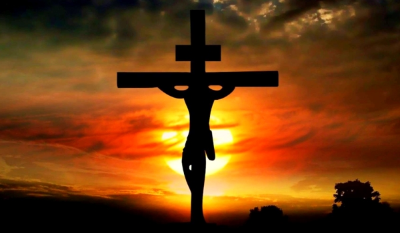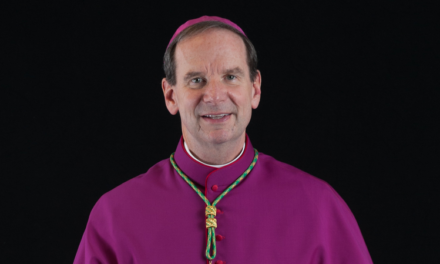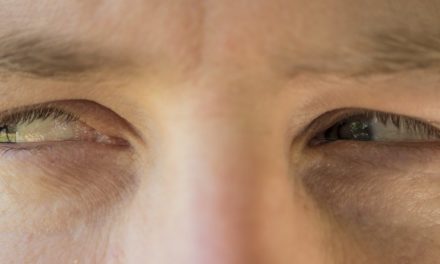Good Friday is the quietest day of the church year: the day of Jesus' condemnation, torture, death and burial. There is no mass on this day. We remember the day when the eternal High Priest himself presented his sacrifice on the altar of the cross.
Good Friday is the most moving liturgy of the year. The altar representing Jesus stands bare, without decorations. The altar is empty: there is no cross, no tablecloth, no candles. But it can also remind you of the bare rock of Golgotha, on which the sacrifice of redemption took place.
The ancient ritual of Good Friday has been formed since the beginning and consists of three main parts: liturgy with readings and universal supplications, worship before the cross, and the ceremony of Holy Communion. At the beginning of the ceremony, the priest, dressed in red vestments, walks silently to the altar with the ministers, and then they kneel before the altar. The priest falling to the ground: it shows Christ emptying himself, identifying himself with man and the earth. The altar is now Golgotha itself: we go in spirit to Golgotha, to the cross of Jesus.
In the liturgy of the word, we read about the mystery of Jesus' suffering, and then we hear the story of his suffering from the Gospel of John. The passion is read aloud or sung, recalling in a dramatic way the suffering of Christ, the secret of God's love for us. Then, standing under the cross in spirit, we beg for the great requests of the Church and humanity. The universal supplications are for the members of the Church and for the whole world: for all believers, for those preparing for baptism, for the unity of Christians, for the people of the Old Testament, for the Jews, for those separated from the Church, for non-believers, as well as for the leaders of the country, society, the world and especially for the suffering.
Then the priest removes the veil from the crucifix covered on Black Sunday (the 5th Sunday of Lent) and the adoration of the cross begins: the faithful kiss it and kneel before the crucifix, on which the Savior who suffered for us can be seen. This is the day of forgiveness, repentance, turning to Christ, because He died for people. He is the one who still suffers for his Church today. He invites us personally to bow down before Him and confess that He is the only Savior and thereby acknowledge that we need His help. The ceremony ends with the Eucharist after praying the Lord's Prayer. Then the faithful pray in front of the Holy Sepulcher and keep vigil in silence.
The Church asks the faithful to observe a strict fast on Good Friday. Believers between the ages of 18 and 60 can eat three times and live well once, and from the age of 14 they must refrain from eating meat. The faithful express their love for Jesus by this self-denial. During the day, the Lamentations (Jeremiah's Lamentations) are sung in the churches and the Way of the Cross is also held.
By going through Jesus' way of the cross, we can be sure: God has the last word. The Way of the Cross helps us understand the drama of history, but it assures us, believers, that the last day is not Good Friday, but Easter. And Easter is the victory of good over evil, the victory of love over hate, the victory of infinite goodness, God, the resurrected Life.
Source: katolikus.hu













